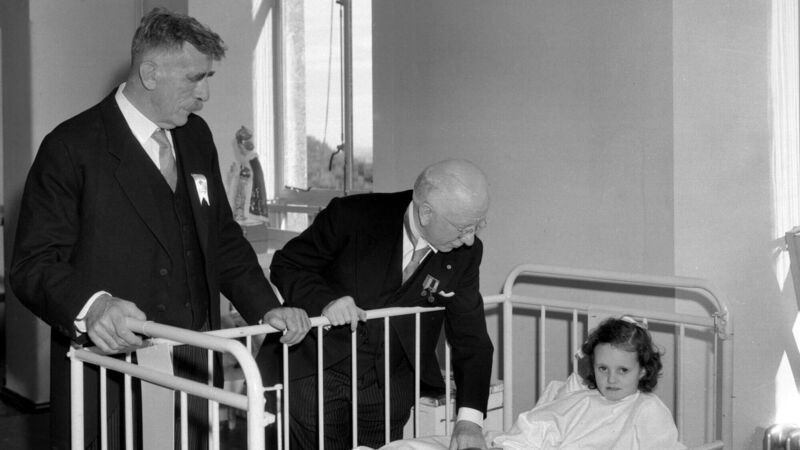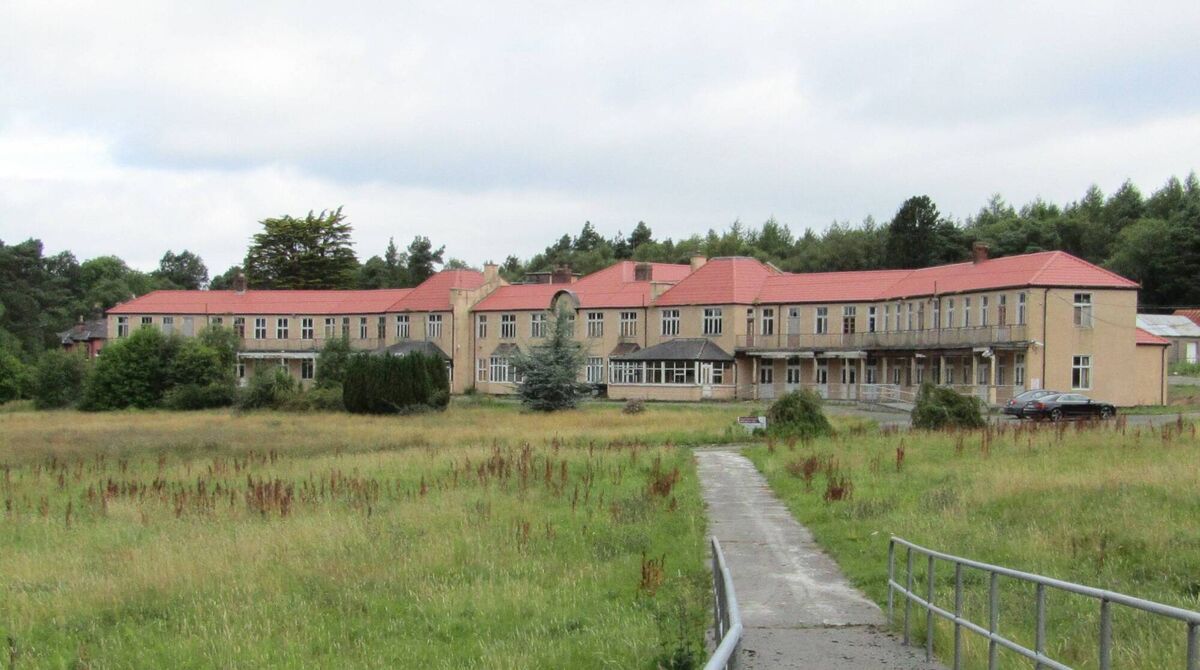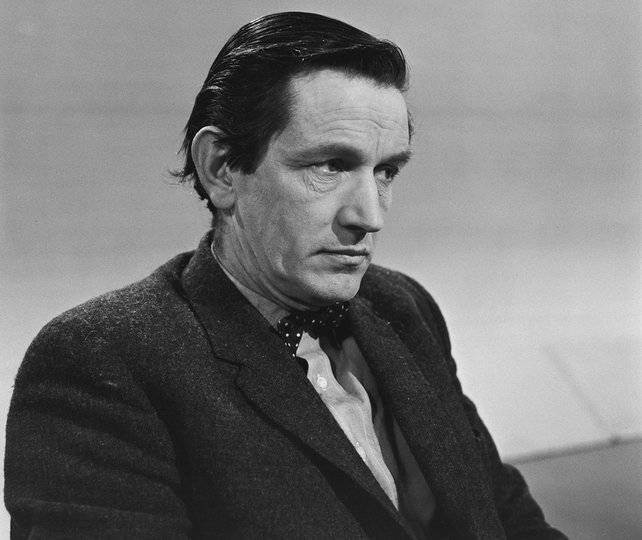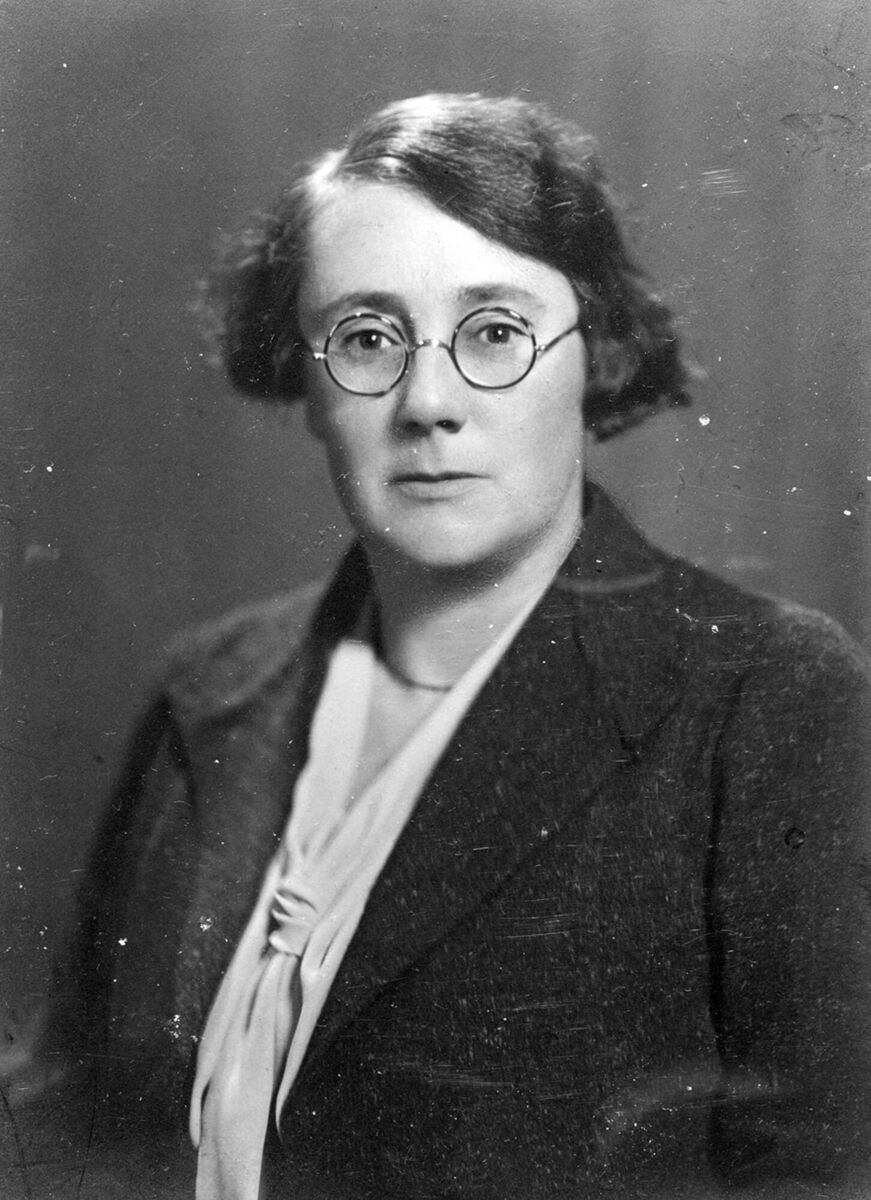'Through isolation, we might stop this contagion spreading:' The story of TB in Ireland

President Sean T. O'Kelly officially opens a 50-bed tuberculosis preventorium at St Raphael's, Montenotte in September 1948.
Well before Covid-19 there was another respiratory disease that held Ireland in its grip. From the late 1800s on, a mixture of cramped living conditions, lack of hygiene facilities and a very clever bacteria led to an epidemic that would cause thousands of deaths and social divide.
, airing tonight on TG4 tells the story of the disease in Ireland, tracing its history from the Stone Age right up today, and the key players who were responsible for bringing a vaccine and treatment plan to Ireland that would halt the spread of TB in its tracks.
It is impossible to examine the story of TB in Ireland without seeing correlations with Covid-19, says producer Shane Tobin.
“The similarities are three-fold. We see the impact on the individual, the impact on their family and the impact on society. Isolation, division, stigma, ignorance and fear are characteristics of both.”
Of course, says Tobin, the arrival of vaccinations at critical times for both TB and Covid-19 have had an immensely positive effect on the country.
“We see how vaccines have proven to be successful against both of these diseases, permeating society at all levels and causing massive changes to how we live.”
In the late 1800s and early 1900s, a diagnosis of tuberculosis was the equivalent of a death sentence in Ireland. In the tenements of Dublin and Cork, a building might have housed up to 30 families, providing a ripe breeding ground for TB.
At the beginning of the 20th century, studies of housing and quality of life conditions likened Dublin at the time to Calcutta.
In the decade leading up to 1891, 103,314 deaths were attributed to the disease. According to research by the Irish Red Cross Journal, 12,000 young Irish adults died of TB in 1904.
In the TG4 documentary, Dr Anne MacLellan, author of says "there was knowledge that diseases were contagious and there was knowledge that by isolating people we might stop this contagion spreading."
There’s evidence from the census that people lived in overcrowded conditions, especially in the tenements of Dublin and Cork, making isolation near-impossible.
TB was not a new disease. In Ireland, there are references to the illness as far back as the 17th century. In the late 19th century, while TB appeared to be decreasing around the world, in Ireland it showed a marked upswing.

In 1896, the National Hospital for Consumption for Ireland opened in Newcastle in Wicklow, modelled on the sanatoria that were proving successful on the continent.
It was the sanatoria and their approach to curing a disease that captivated producer Shane Tobin and led him to develop the documentary.
“I came across them while researching another project and I was captivated,” he says. “The isolation of being taken from your family while you convalesce - no matter your age - was so tragic. The more I read about the illness and its impact on Ireland, the more I felt it was an important story to tell.”
Sanitoria offered two things: fresh air and good nutrition, both of which were unavailable to many of those living in urban centres. Patients were wheeled out of the sanitoria daily to avail of fresh air, and prescribed total bed rest, no physical activity, nutritious food and two pints of Guinness every day.

Over the spectre of tuberculosis in Ireland stands the shadow of Dr Noel Browne. Born into poverty, Browne had contracted TB himself and watched his mother and two sisters die from the disease. As a young doctor, he worked in sanatoria in Britain where he witnessed “the old, rigid arrogant class attitudes" that resulted in poor treatment.
Dedicating himself to a life in politics, Browne became Minister for Health in 1948, instigating several policies that are credited with almost eradicating the disease in Ireland.
“It is often argued that politicians don't know what they are talking about but that could never be said for Dr Noel Browne,” says Tobin. “Noel was a truly complex character whom I believe fundamentally wanted to help people. He became a doctor to do just that and a politician to further that. His impact on healthcare and society with the mother and child scheme should never be underestimated and the people of Ireland owe a great deal to him.”

The documentary examines the relationship between Browne and Dorothy Stopford Price, a paediatrician who believed that the use of a preventive vaccine would help protect much of the population and reduce the levels of disease in Ireland. Stopford Price was a fascinating character whose career brought her to Kilbrittain as the medical officer to a Cork brigade of the IRA and then to St Ultan’s hospital for sick children. She is best known as a pioneer of the BCG vaccine and a tireless advocate for the underprivileged.
Her work was recognised by Noel Browne when the National BCG Centre was located at St Ultan's in 1949 with Stopford Price as its first chairman. They had a strong working relationship, says Tobin. “They were both renegades of that era, rebelling against the church/state relationship that was holding Ireland back in terms of advancing modern medicine to help the less fortunate in society.”
TB may have loosened its grip on Ireland, where we see about 400 cases per year, but it remains one of the biggest killers in the world. Every year, almost 1.5m people die from TB around the world.
“TB was an emergency in the last century in Ireland, but it’s important to remember, it is still an emergency globally.”

Celebrating 25 years of health and wellbeing








